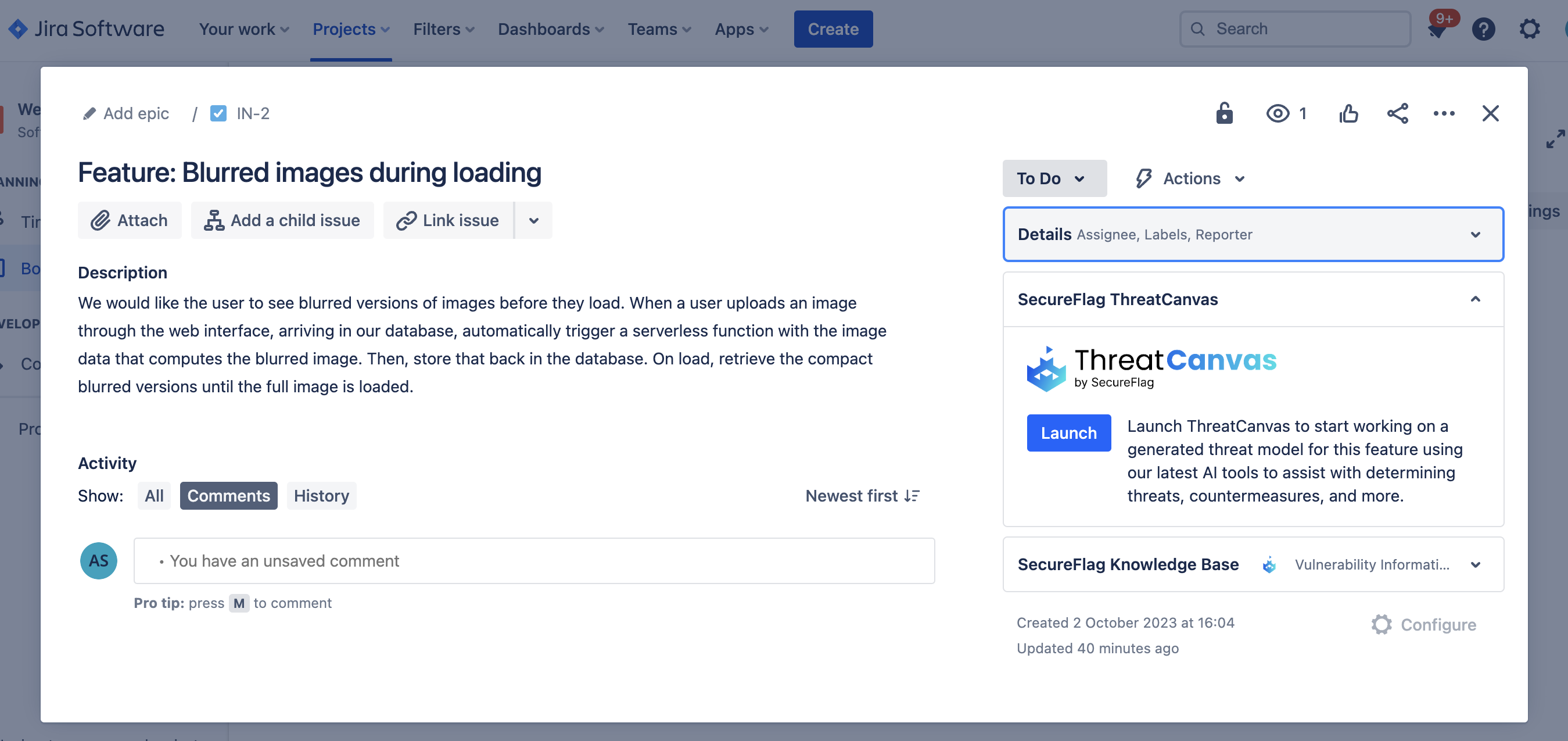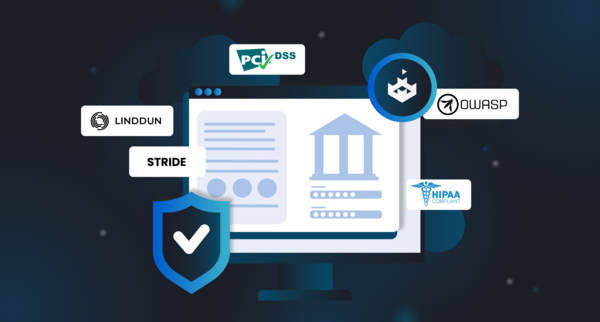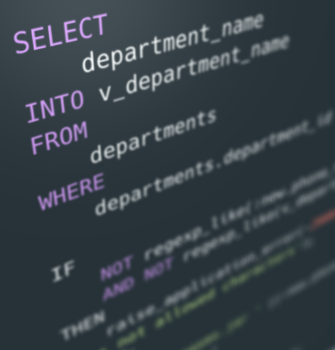Threat Modeling is an essential process for the identification and evaluation of potential threats to software applications. Its role in preemptive security measures is critical, as it can significantly decrease the time and resources needed to address security issues that may emerge at later stages. For more information regarding Threat Modeling, we encourage you to read our comprehensive blog post on the subject here.
The Challenge of Scaling Threat Modeling
Effective Threat Modeling should be an integral part of the development process, particularly before changes to core functionality are implemented.
However, the complexity and the necessity for specialized security knowledge mean that it is an activity that typically requires the involvement of the cybersecurity team, making it difficult to scale and integrate as a regular activity within the Software Development Life Cycle (SDLC). Given that developers are perpetually time-poor, the extensive time commitment required for Threat Modeling makes it impractical without a clear and efficient starting point. The consequence? Only a limited number of high-profile projects undergo thorough threat modeling, leaving a majority of development efforts less secured than they could—and should—be.
ThreatCanvas: Automating Threat Modeling
Enter ThreatCanvas from SecureFlag: it’s an AI-powered automation tool that changes all this. Think of it as a developer security assistant that’s incredibly quick and doesn’t require a security team to help out. SecureFlag’s ThreatCanvas is designed to streamline the Threat Modeling process. It can quickly generate a Threat Model from a textual description of an entire application or even an individual feature, identifying potential threats and suggesting mitigations. ThreatCanvas is fully integrated with SecureFlag’s training, enabling participants to play hands-on labs relevant to the identified threats.
Integration with Development Workflows

ThreatCanvas’s integration with project management tools like Jira (and soon Azure Boards) marks a transformative step in making threat modeling an accessible and efficient part of the development process. Developers can now, at the click of a button and in a matter of seconds, create threat models for new features they are working on. This ease of use allows them to quickly learn about potential threats and integrate necessary controls right from the design phase, proactively and effectively baking security into the product from the ground up. By doing so, ThreatCanvas is reinventing threat modeling, turning it into a scalable and regular element of the SDLC.
The Evolution of Threat Modeling
With ThreatCanvas, SecureFlag is laying down the foundation for the widespread adoption of threat modeling. In the upcoming weeks, we plan to unveil additional features that will further streamline the threat modeling process for organizations of all sizes. SecureFlag’s vision is clear: to make threat modeling a universally accessible and scalable part of every software development process, fortifying the digital infrastructure of the future.


